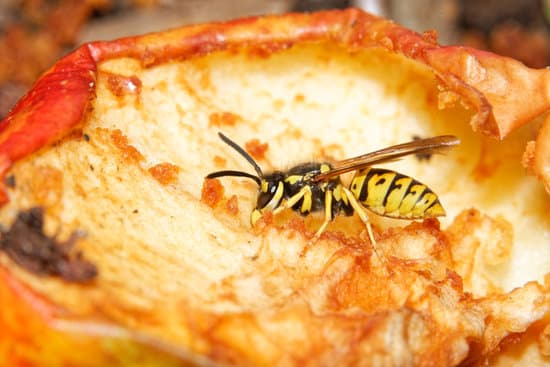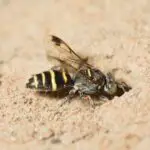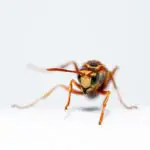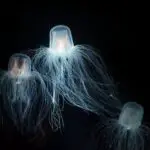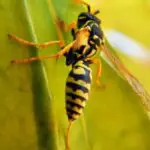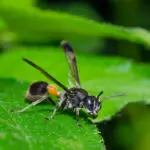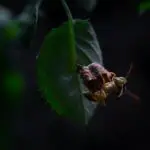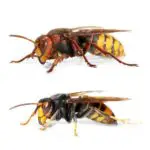Do All Figs Contain Wasps?
Figs are a sweet fruit. They are popular in jams and desserts. However, some people are allergic to wasp venom and therefore avoid eating figs. They are usually grown in balmy climes, especially in Mediterranean countries.
Some figs need wasps to pollinate them. These pollinators enter the fig by digging a small hole at the base of the fruit. Once they enter, they must crawl inside the fig to pollinate it. This process is called mutualism.
The other interesting aspect of the fig and wasp relationship is that some of the figs actually produce a special enzyme called ficain, which breaks down the exoskeleton of the wasps. This enzyme is not found in other fruits or vegetables.
The female pollinator wasp has short spines on the underside of its head. It then brushes against the flowers of the fig to collect pollen. The pollen is then distributed to the internal flowers of the fig. This process results in the creation of seeds, which are hard, crunchy pieces that are found inside figs.
There are several wasp species that interact with the fig. Each species has its own life cycle. Some wasps are designed to work as symbiotic partners with humans. Others are designed to be aggressive and sting. They are also known to feed on the fruit. However, most werep species aren’t designed to be aggressive.
The female pollinator wasp lays eggs inside figs. These eggs hatch into larvae. The larvae feed off the fleshy covering of the fig. The larvae then turn into wasps.
